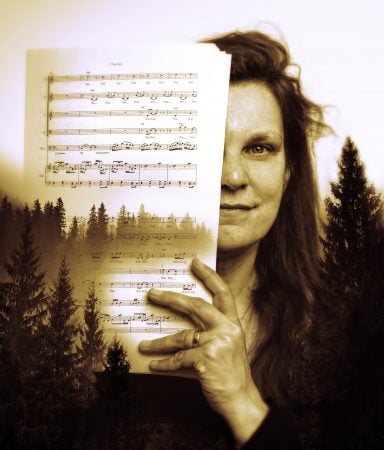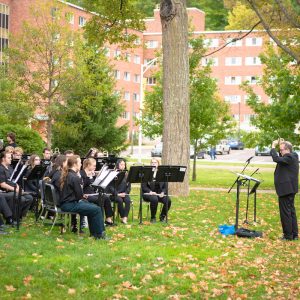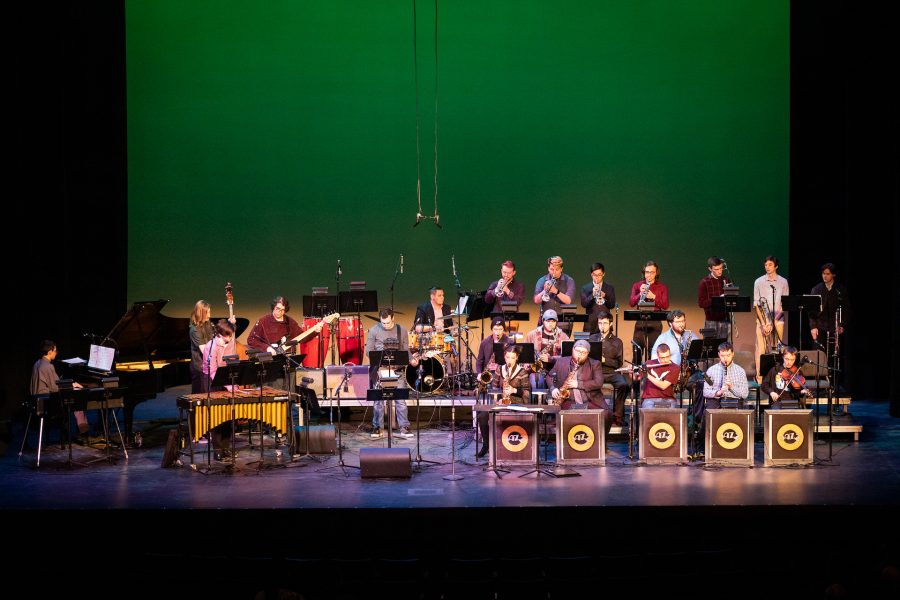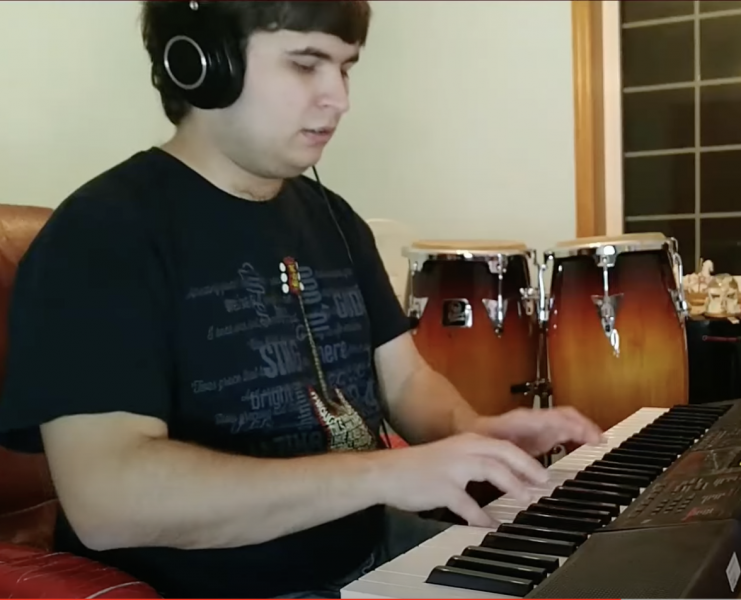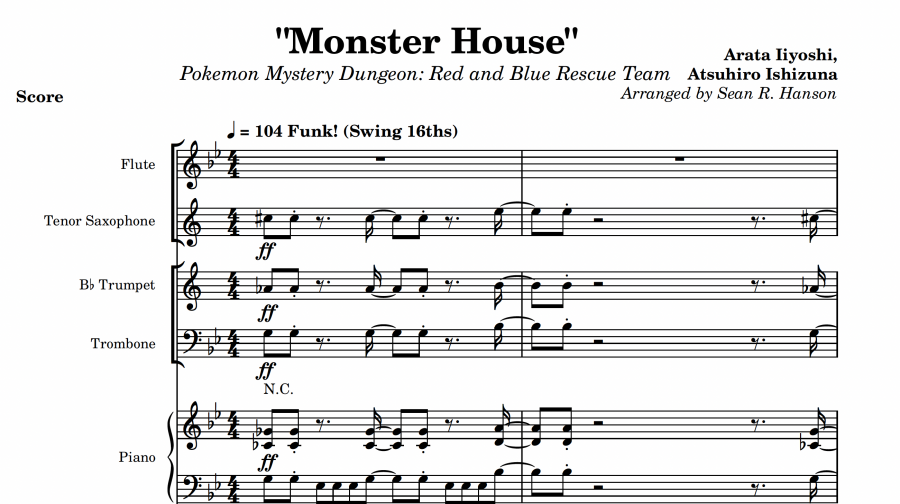Terri Frew Dean’s Teaching Showcase Selection Delivers Distinctive Display of Educational Excellence
College of Sciences and Arts Dean, Ravindra Pandey, selected Terri Frew for this week’s Dean’s Teaching Showcase. Frew, an Assistant Teaching Professor in the Visual and Performing Arts department, will be recognized at an end-of-term event with other showcase members. Frew is a candidate for the CTL Instructional Award Series.
Course Creativity Includes Community and Collaboration
Professor Frew demonstrates excellent teaching in a wide range of visual arts classes, including large general education courses (Art Appreciation), small studio courses (Drawing, Art + Design Studio, Ceramics, Fiber Arts), and theory courses (Color). Frew commits to nurturing creative exploration, practical hands-on skills, and critical analysis. She experiments with using community engagement to enhance student learning. For example, Frew partnered with the Hancock Community Garden for her Art + Design course. She also enjoys offering students new ways to think about what they are learning.
This semester she is piloting a new course in Fiber Arts. The course pairs creative “making and doing” with critical conversations about the role of hand-made items and craftsmanship, both historically and in today’s society. Jared Anderson, chair of the Visual and Performing Arts department, described Frew’s teaching as “ambitious, inclusive, and collaborative. Within the framework of arts education, she creates opportunities for students to explore varied topics and gain new perspectives. Her commitment to her teaching practices, students, and the university community is to be commended.”
Frew Dean’s Teaching Showcase Winner Displays Creativity and Expression
Professor Frew also serves as the Director of the Rozsa Galleries. She builds partnerships with other departments on campus related to the gallery’s exhibits. Frew fosters a gallery experience that highlights diverse perspectives and appeals to a wide audience. In 2022, she curated Arabesque, an exhibit that partnered international artist Clement Yeh with local artist Tomas Co. Created in close collaboration with the Rozsa Center’s programming, complementing the Rozsa’s fall ballet concert, Arabesque included drawings, sculptures, and video. Her recent curatorial project, Simple Machines, paired the work of Ukrainian Artist Yuliya Musakova and Michigan Tech Humanities professor M. Bartley Seigel. The multimedia exhibit included audio clips of the poets reading their work, a live printing demonstration, and a live performance from the visiting poet Musakova.
“Offering a vibrant arts curriculum that is available to all students is an important way that Michigan Tech sets itself apart as a STEM-focused institution”
“When we give students opportunities to explore creative and expressive practices, we enhance their ability to be truly innovative within their majors and in their future careers. We are fortunate to have outstanding faculty like Professor Frew encouraging Michigan Tech students to engage with the arts both now and throughout the rest of their lives.”





